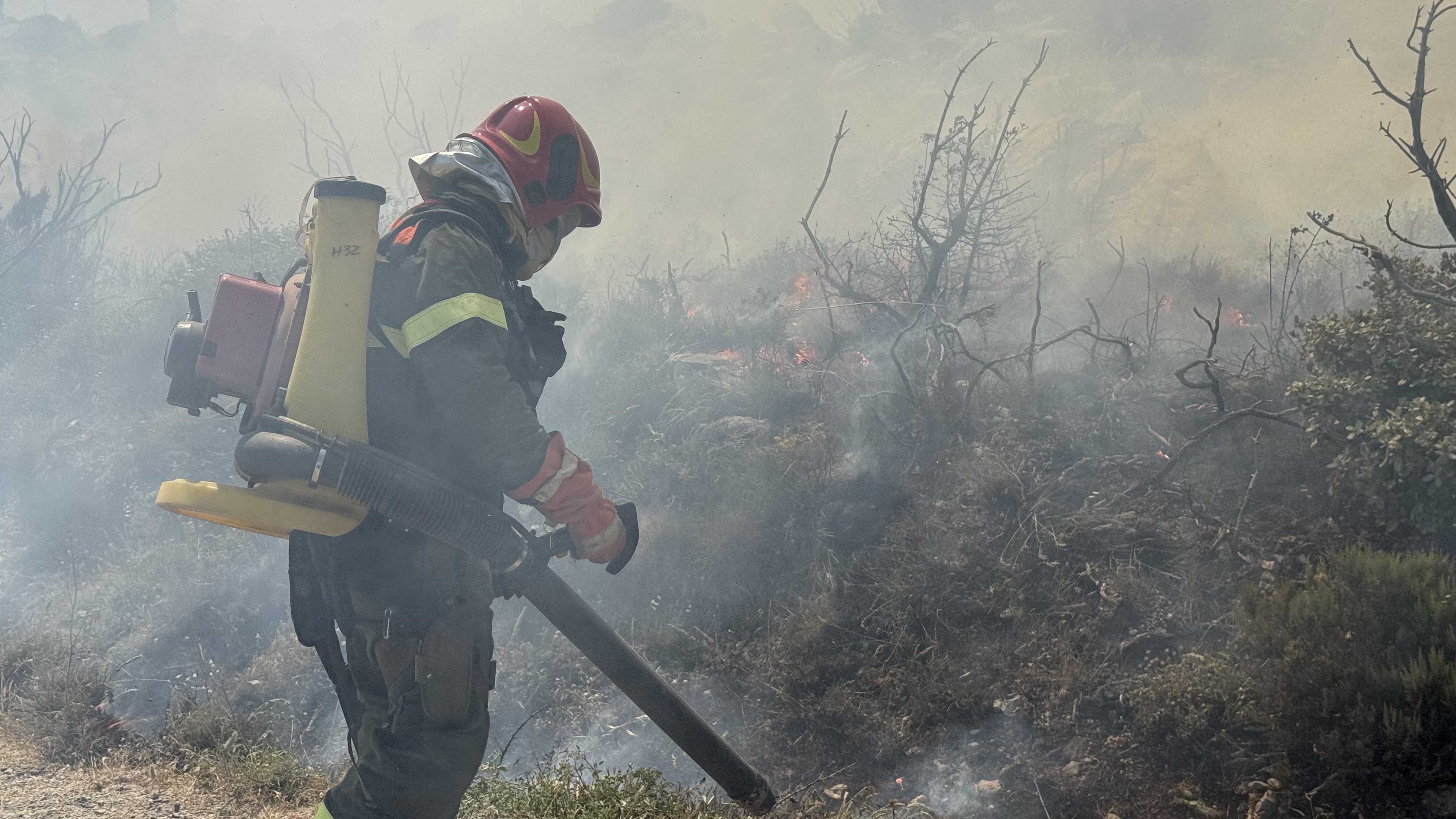Stories and Lessons Learnt in Natural Disaster Management within the TEMA Framework

19 January 2024
Vivi Petsioti, Center for Security Studies (KEMEA)
In the initial phase of the TEMA project, user requirements were identified to comprehend the pilot areas and gauge satisfaction with the TEMA solution among end users. To achieve this, interviews were organized between technical partners and the Consortium's end users. The four end user partners are: KAJAANIN KAUPUNKI (KAJ), DIMOS MANTOUDIOU - LIMNIS - AGIAS ANNAS (D. MALIAN), REGIONE AUTONOMA DELLA SARDEGNA (RAS), and BAYERISCHES ROTES KREUZ (BRK).
The storytelling interviews shared a common structure among the four end users. The primary context of the storytelling covered:

Figure 1: Structure template of storytelling
1. Flooding and Flash flood, 15th July 2021, Western Germany: Rheinland-Pfalz and Nordrhein-Westfalen (most affected in Germany), BRK
As a result of heavy and prolonged rain in July 2021, floods occurred in Rheinland-Pfalz and Nordrhein-Westfalen, Bayern, and Sachsen (Germany), causing substantial damage. Despite measures to avert danger, the floods claimed a total of 183 lives and left over 800 people injured. Rescue workers were also among the casualties. The floods officially started on 15/07/2021, and the end of the catastrophe was declared on 28/08/2021, with recovery still ongoing in some areas.
Remarks and Lessons Learnt
Obtaining timely and accurate information is crucial for rescue units during natural disasters. The technology used should be simple and familiar, as there is no time for learning or experimenting during emergencies. Navigation in unfamiliar terrain becomes extremely challenging due to massive destruction. Local radio stations played a vital role in disseminating fast and precise information.
2. Forest Fire, 23/07/2021 - 6:02 P.M.: Los Lavros (town of Bonarcado). First detection of a fire, the fire is initially extinguished. 24/07/21 - 12:02 A.M.: forest fire restarts.
Approximately 1400 people were evacuated, with 40 livestock farms reporting a total of 950 dead, wounded, and missing livestock. Beekeeper cooperatives and non-agricultural businesses suffered damage, with a total of 52 buildings affected. The burned area relative to sites of community interest was 1300 ha.
Remarks and Lessons Learnt
Creating local maps with variable wind and temperature data hour by hour is essential for effective firefighting. Sharing real-time information during fire events and having detailed data on fire progression and forces in the field are crucial. Early detection technologies for fires need improvement.
3. Forest fire, 26.7.2021, Finland, Northern Ostrobothnia, Kalajoki
The total area affected was 227 hectares, making it the second-largest forest fire in Finland's history. While the environmental impact was local, the financial effects on the local rescue department were significant. Effects on civilians, animals, and houses were minimal.
Remarks and Lessons Learnt
Situational awareness can always be improved, covering aspects such as the location of first responders, fire behaviour, environmental factors, and resource planning.
4. Flood, caused by a Mediterranean cyclone named "Zorbas". 29th of September 2018, Mantoudi area.
The flooding, caused by the Mediterranean cyclone named 'Zorbas' on the 29th of September 2018, affected the Mantoudi area, a small town with the river Kireas flowing through it. The flood was 1-2 km wide, causing two human casualties and significant damage to houses, cars, and roads.
Remarks and Lessons Learnt
Utilizing weather data and sensor information can provide timely and valid warnings about upcoming disasters. Post-event mapping can help estimate damage extent and plan rehabilitation efforts.
Conclusions
The stories and lessons learned from the natural disaster management experiences within the TEMA project underscore the critical need for efficient and user-friendly technologies in crisis situations. From floods to forest fires, the challenges faced by end users highlight the importance of timely and accurate information for effective response and recovery. The emphasis on simplicity and familiarity in technology aligns with the urgency of the situations where quick decision-making is paramount. As we reflect on these narratives, it becomes evident that advancements in early detection technologies, real-time information sharing, and comprehensive situational awareness can significantly enhance disaster management capabilities. Incorporating these insights into future initiatives ensures a more resilient and adaptive approach to addressing the complexities of natural disasters.

